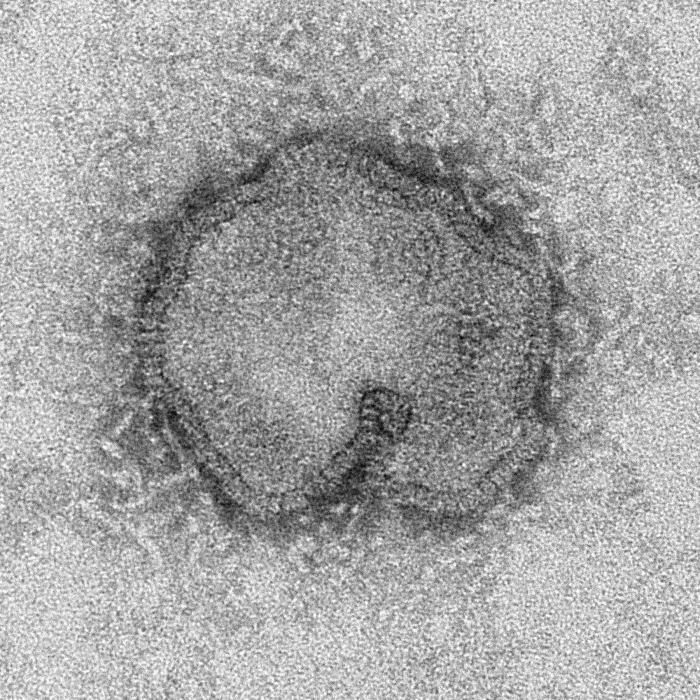The Chinese National Health and Family Planning Commission reported five additional human cases of avian influenza A(H7N9) on the Mainland. The details of the cases are as follows:
- A man aged 59 from Fuzhou, Fujian, exposed to poultry market, in serious condition;
- A male farmer aged 58 from Kunshan, Jiangsu, in serious condition;
- A man aged 63 from Nantong, Jiangsu, exposed to poultry market, in serious condition;
- A man aged 32 from Kunshan, Jiangsu, exposed to poultry market, in serious condition; and
- A man aged 64 from Suzhou, Jiangsu, exposed to poultry market, in serious condition.

From 2013 to date, 783 human cases of avian influenza A(H7N9) have been reported by the Mainland health authorities.
In addition to the cases reported on the Mainland, 23 cases imported from China have been reported in Canada (2), Hong Kong (16), Malaysia (1) and Taiwan (4).
According to the Hong Kong Centre for Health Protection (CHP), avian influenza is caused by those influenza viruses that mainly affect birds and poultry, such as chickens or ducks. Clinical presentation of avian influenza in humans includes eye infection (conjunctivitis), flu-like symptoms (e.g. fever, cough, sore throat, muscle aches) or severe respiratory illness (e.g. chest infection). The incubation period ranges from 7 to 10 days. The more virulent forms can result in respiratory failure, multi-organ failure and even death.
People mainly become infected with avian influenza through close contact with infected birds and poultry (live or dead) or their droppings. Human-to-human transmission is inefficient. People in close contact with poultry are more susceptible to contracting avian flu. The elderly, children and people with chronic illness have a higher risk of developing complications such as bronchitis and chest infection.


2 thoughts on “H7N9 avian influenza: More cases reported on mainland China”